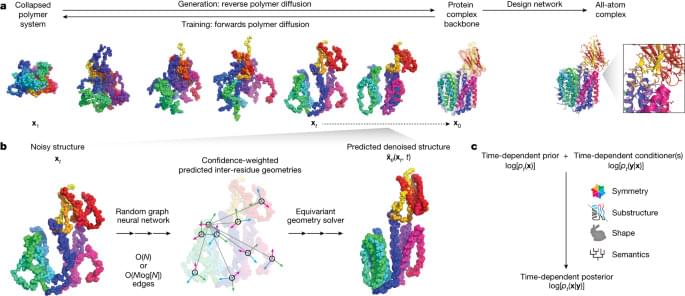NASA’s Cassini probe has uncovered compelling evidence hinting at the potential existence of life on Saturn’s icy moon Enceladus.
Interestingly, a detailed review of Cassini’s data has revealed that the subsurface ocean hidden beneath the moon’s frozen surface is a rich source of chemical energy.
This disclosure strengthens the case for exploring the possibility of life within the ocean of this frozen celestial body.
According to the research, the more chemical energy there is on this moon, the higher the likelihood that life could flourish and endure.







